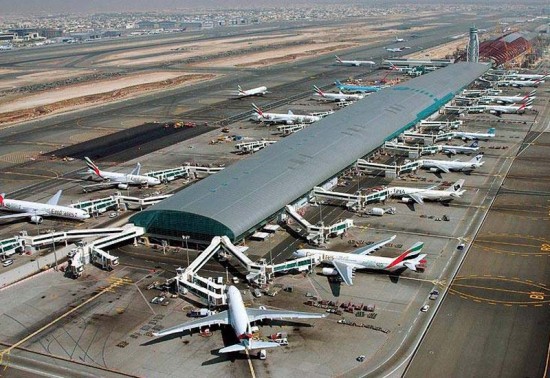Mini Sheet: Lome 85 U.a.p.t. (Congo, Republic (Brazzaville) 1985)
Lome 85 U.a.p.t. (Congo, Republic (Brazzaville) 1985)
10 October (Congo, Republic (Brazzaville) ) within release Philexafrica´85 goes into circulation Mini Sheet Lome 85 U.a.p.t. face value 10*250 Central African CFA franc
| Mini Sheet Lome 85 U.a.p.t. in catalogues | |
|---|---|
| Michel: | Mi: CG 1013B-1014BKB |
Mini Sheet is square format.
Also in the issue Philexafrica´85:
- Stamp - Airport, postal van face value 250;
- Mini Sheet - Lome 85 U.a.p.t. face value 10*250;
- Gutter Pairs - Lome 85 U.a.p.t. face value 2*250;
- Stamp - Youth, Development & New Building face value 250;
Mini Sheet Lome 85 U.a.p.t. it reflects the thematic directions:
A hot air balloon is a lighter-than-air aircraft consisting of a bag, called an envelope, which contains heated air. Suspended beneath is a gondola or wicker basket (in some long-distance or high-altitude balloons, a capsule), which carries passengers and a source of heat, in most cases an open flame caused by burning liquid propane. The heated air inside the envelope makes it buoyant, since it has a lower density than the colder air outside the envelope. As with all aircraft, hot air balloons cannot fly beyond the atmosphere. The envelope does not have to be sealed at the bottom, since the air inside the envelope is at about the same pressure as the surrounding air. In modern sport balloons the envelope is generally made from nylon fabric, and the inlet of the balloon (closest to the burner flame) is made from a fire-resistant material such as Nomex. Modern balloons have been made in many shapes, such as rocket ships and the shapes of various commercial products, though the traditional shape is used for most non-commercial and many commercial applications.
The hot air balloon is the first successful human-carrying flight technology. The first untethered manned hot air balloon flight in the world was performed in Paris, France, by Jean-François Pilâtre de Rozier and François Laurent d'Arlandes on November 21, 1783, in a balloon created by the Montgolfier brothers. The first hot air balloon flown in the Americas was launched from the Walnut Street Jail in Philadelphia on January 9, 1793, by the French aeronaut Jean Pierre Blanchard. Hot air balloons that can be propelled through the air rather than simply drifting with the wind are known as thermal airships.
An airport is an aerodrome with extended facilities, mostly for commercial air transport. Airports usually consist of a landing area, which comprises an aerially accessible open space including at least one operationally active surface such as a runway for a plane to take off and to land or a helipad
A building or edifice is a structure with a roof and walls standing more or less permanently in one place, such as a house or factory. Buildings come in a variety of sizes, shapes and functions, and have been adapted throughout history for a wide number of factors, from building materials available, to weather conditions, to land prices, ground conditions, specific uses and aesthetic reasons. Buildings serve several needs of society – primarily as shelter from weather, security, living space, privacy, to store belongings, and to comfortably live and work. A building as a shelter represents a physical division of the human habitat (a place of comfort and safety) and the outside (a place that at times may be harsh and harmful).
Cycling, also known as bicycling or biking, is the activity of riding a bicycle or other type of cycle. It encompasses the use of human-powered vehicles such as balance bikes, unicycles, tricycles, and quadricycles. Cycling is practised around the world for purposes including transport, recreation, exercise, and competitive sport.
Logos is a term used in Western philosophy, psychology and rhetoric, as well as religion (notably Christianity); among its connotations is that of a rational form of discourse that relies on inductive and deductive reasoning.
The mail or post is a system for physically transporting documents and other small packages; or, the postcards, letters, and parcels themselves. A postal service can be private or public, though many governments place restrictions on private systems. Since the mid-19th century national postal systems have generally been established as government monopolies with a fee on the article prepaid. Proof of payment is often in the form of adhesive postage stamps, but postage meters are also used for bulk mailing. Modern private postal systems are typically distinguished from national postal agencies by the names "courier" or "delivery service". Postal authorities often have functions other than transporting letters. In some countries, a postal, telegraph and telephone (PTT) service oversees the postal system, in addition to telephone and telegraph systems. Some countries' postal systems allow for savings accounts and handle applications for passports.






